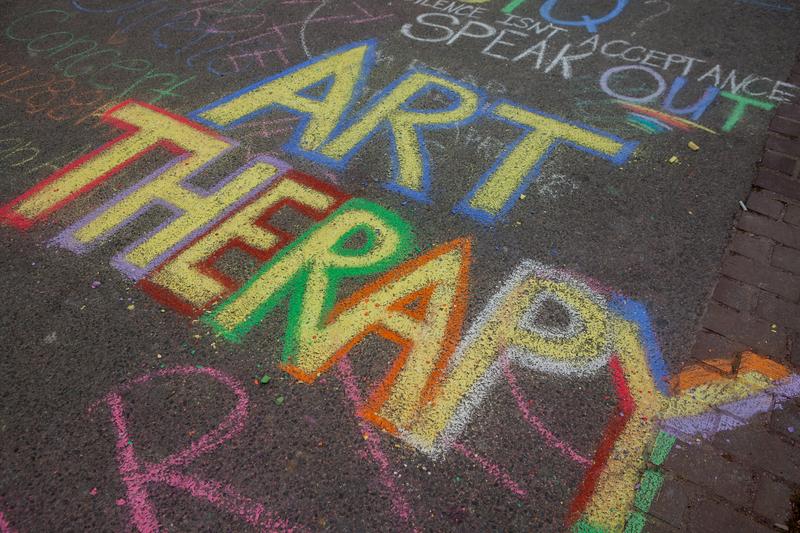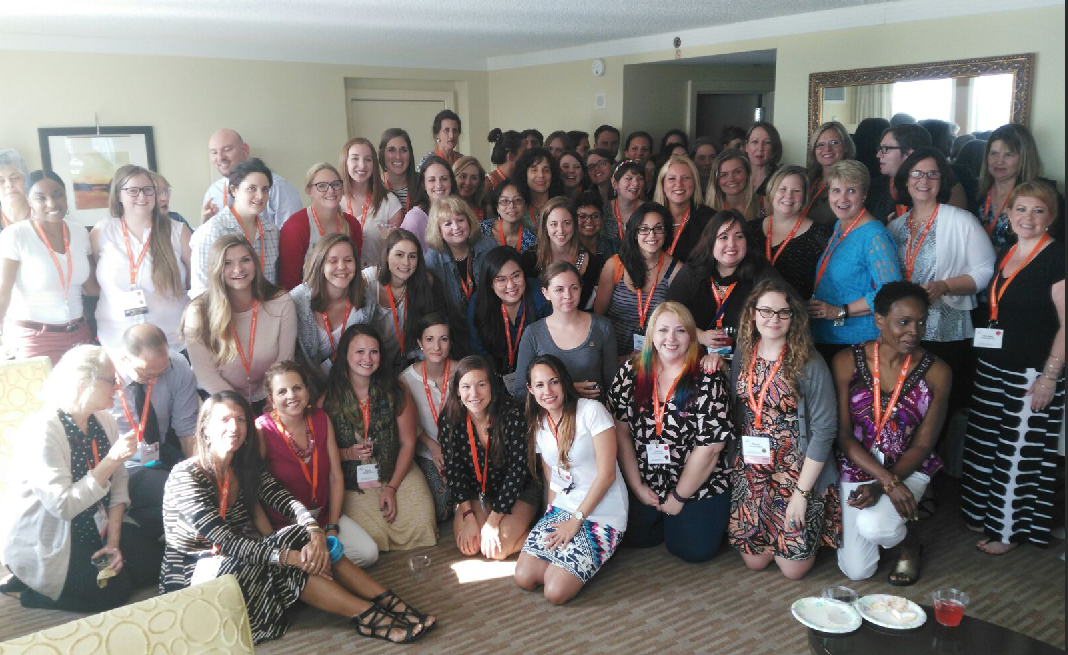By Greg Varner
Sometimes trauma is beyond the use of words to describe. The emotions associated with it are too deep and the wounds too raw. That’s when art therapy can be uniquely effective. Unlike traditional verbal therapy, art therapy gives clients an opportunity to express feelings without reliance on the spoken narrative.
“Often, people don’t have the words to go with what they’re feeling; however, they might be able to create an image or use shapes and colors to express it,” explained Heidi Bardot, director of GW’s Art Therapy Graduate Program, which is part of the Columbian College of Arts & Sciences. “It allows people to talk about something that is almost impossible to talk about.”
This year, the program is marking a half-century of impact and opportunity with a milestone anniversary to celebrate its pioneering role in the field of art therapy.
“We have one of the oldest programs in the United States,” said Bardot. “Pioneers in the art therapy field started it in 1971 and then taught in the program. Our students still say that’s the reason they choose GW.”
Watercolorist and ceramic artist Bernard Levy co-founded the program and served as its director from 1971 to 1984. He made impactful contributions to the field of art therapy, particularly in the areas of assessment and research, and was also a professor in the CCAS Department of Psychological and Brain Sciences.
Co-founder Elinor Ulman, who started the first professional art therapy journal, served as the program’s first coordinator of clinical training. At the start, Art Therapy at GW enrolled 10 students and offered four courses—a number that has multiplied many times over to now include subjects such as working with families, helping seniors and addressing substance abuse and addiction.
“The reputation of the program was important to me, but more so was the warmth and hospitality that I felt,” said Jordan Potash, who graduated from the program in 2000 and is now an associate professor of art therapy. He initially applied as a student with a strong interest in studio art and in the helping professions. “The program’s history and founders make it special, but it’s the relationships that have formed and been sustained that have made it such an important program and led it to where it is now, 50 years later.”
Today, 93 percent of the program’s graduates say they would “definitely” or “probably” recommend it to others considering art therapy education; 95 percent say they “strongly agree” or “agree” that it prepared them for their career. An even higher percentage of employers — 100 percent — cited their satisfaction with the excellence of the program’s students. Almost all graduates (97 percent, far more than the national average of 86.8 percent) pass the board exam on their first attempt to earn their professional credentials.
Graduates work at medical and psychiatric hospitals, military facilities, pain clinics, shelters, universities, correctional facilities, elder care facilities, art studios and in many other settings. They present research, publish, teach and direct art therapy graduate programs and work with diverse clientele in a variety of settings. Program Director Ms. Bardot is, herself, an alumna.
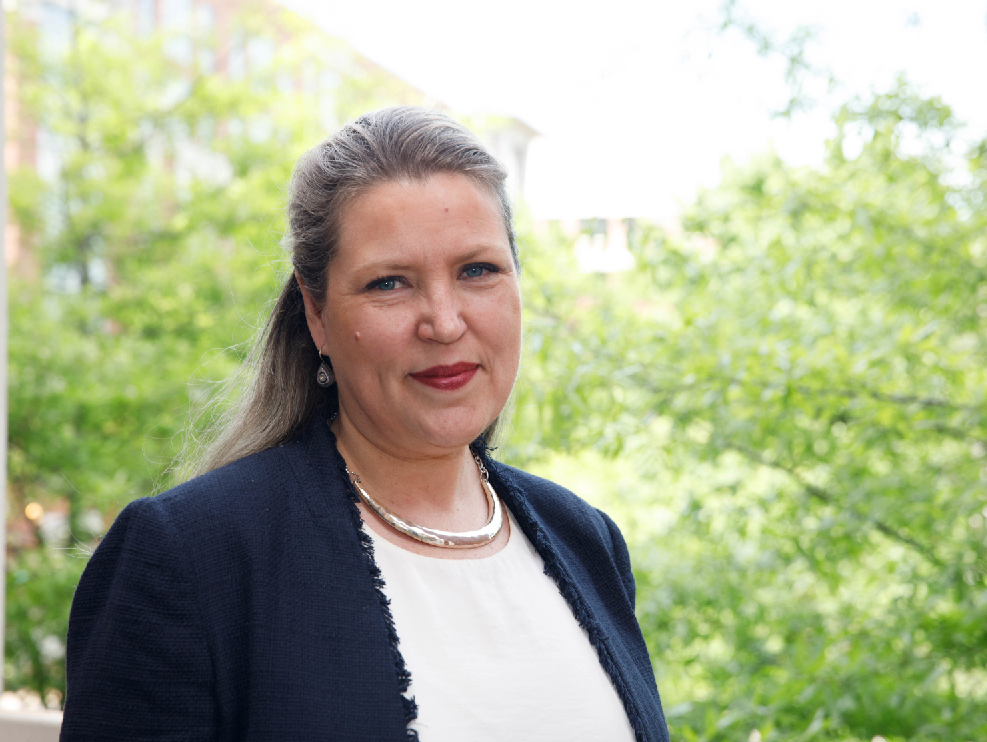
Heidi Bardot
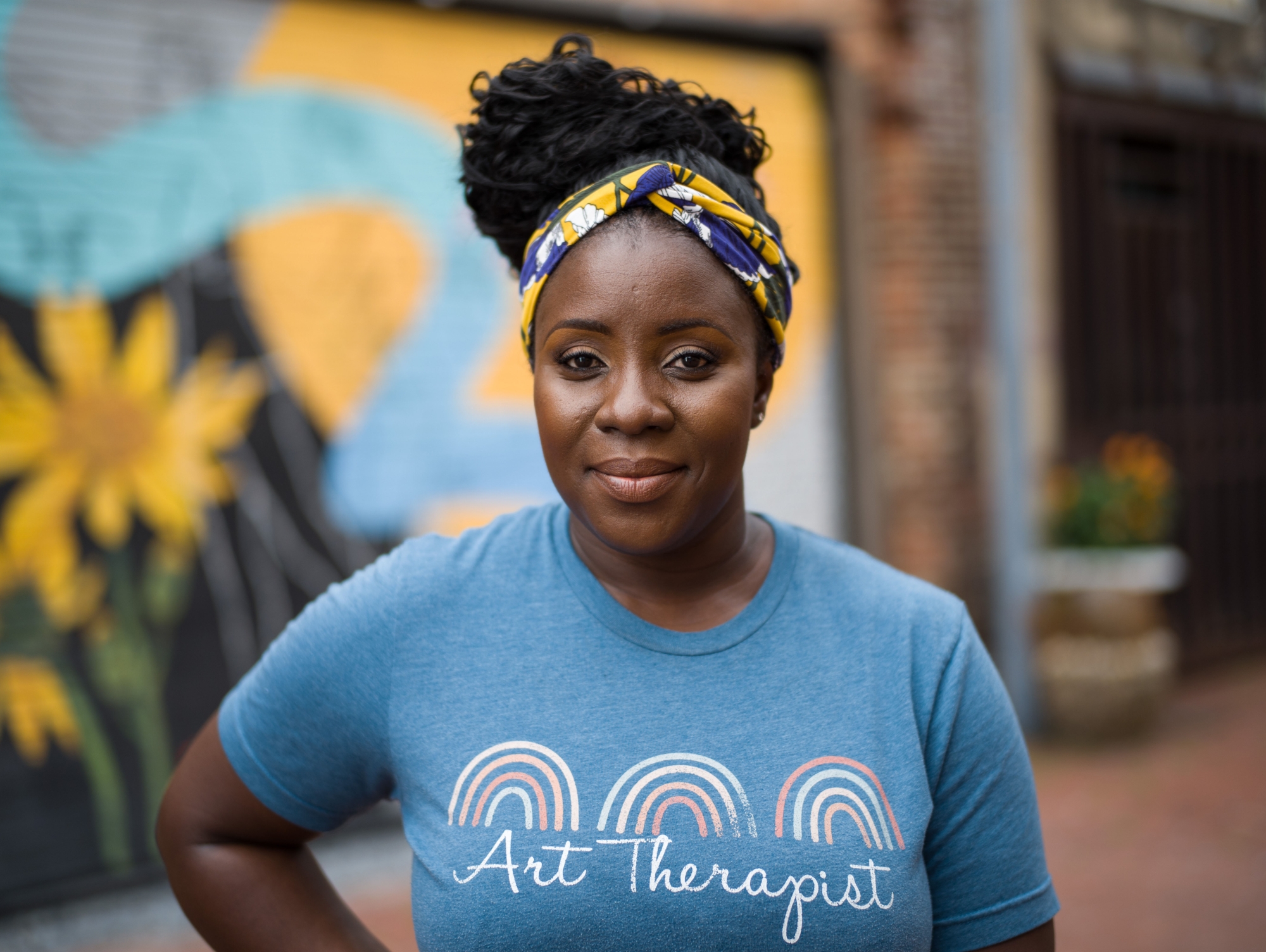
Alberta Gyimah-Boadi
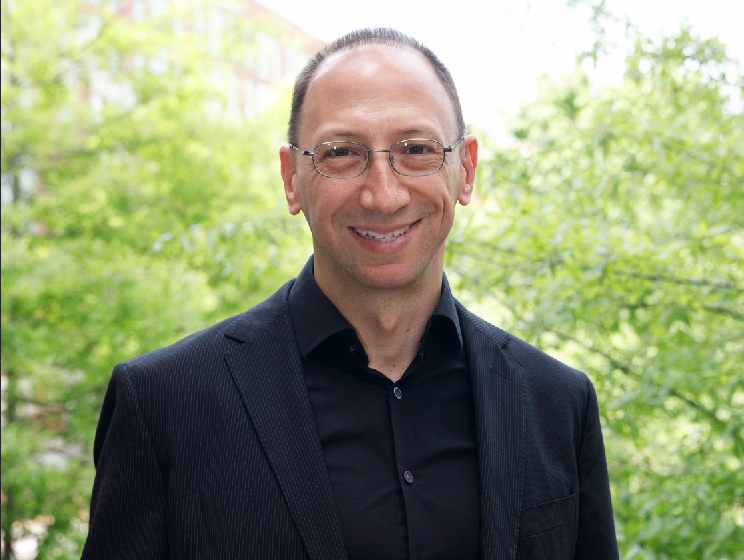
Jordan Potash
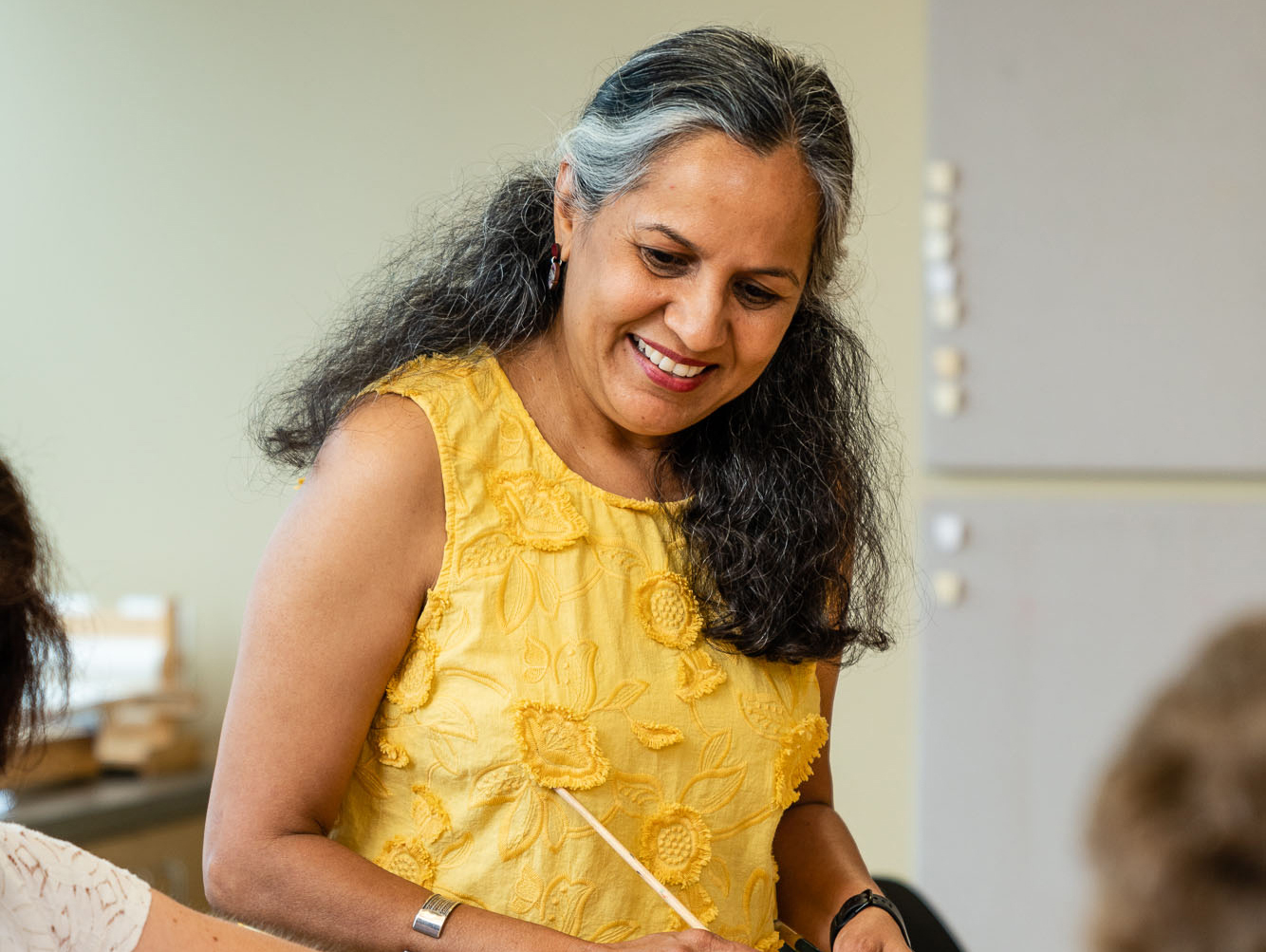
Sangeeta Prasad
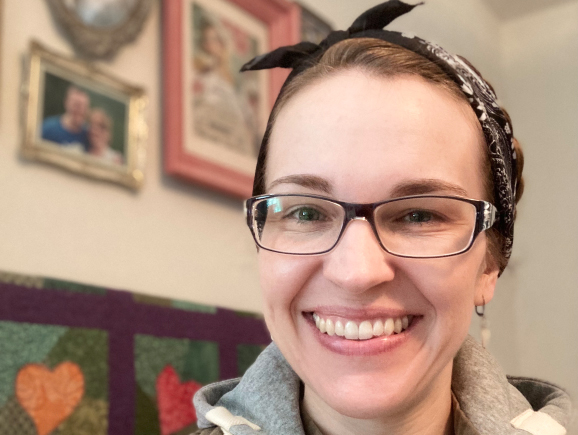
Mindy Van Wart
Making an impact
Art therapy can be effectively used with patients suffering from Alzheimer’s disease. It can help military veterans cope with pain and grief, and reduce crippling anxiety in people ranging from children to the elderly. It can lower stress levels in healthcare professionals dealing with COVID-19 overload or teachers facing burnout.
“We have art therapists working with all diagnoses and all ages,” Ms. Bardot said. “I worked with children in hospice who could talk about anything when they were drawing, because it gave them that ability to separate. They talked about really deep emotional issues.”
She often tells students about her own childhood, when she was extremely shy and couldn’t imagine being required to talk with an adult. Art therapy offers an excellent method to reach such children.
Alumna Alberta Gyimah-Boadi, who earned a master’s degree in art therapy in 2019, can attest to this from personal experience.
“When I was growing up, I used art a lot as my creative outlet,” Ms. Gyimah-Boadi said. “There was a little bit of a stint when I was a teenager when I went to a counselor, and I was never really comfortable expressing myself.”
She was drawn to the profession, she added, by her desire to create a space that would allow young people to be comfortable enough to express their feelings. She now works in a group practice and at Children’s National Hospital in the District of Columbia.
One of the valuable lessons she learned at GW, Ms. Gyimah-Boadi said, was the importance of being flexible.
“As therapists, we have to go with where the client is in that moment rather than fixating on the bigger goal,” she said. “That can help clients a lot.”
Going global
As director, Ms. Bardot has brought a strong international dimension to the art therapy program. She developed service-learning opportunities in various countries including France, India, United Arab Emirates, South Africa and Croatia.
“We tell our students, ‘You’re learning a very Western form of art therapy because of where we are. So, how do you take what you’ve learned and then recreate it in a different country?’ I really like that piece because it takes students into a different realm of thinking about art therapy,” Ms. Bardot said.
An art therapist’s approach can change radically when crossing the border from one country to another, she said.
Wherever an art therapist travels, she added, collaboration is key: “I don’t think you can go to another country and not work with local experts. The summer abroad program includes service learning, so we always connect with local organizations and local experts. Our students have a very immersive experience and become part of the community.”
One of the experts who helped Ms. Bardot set up a program in India is also an alumna. Sangeeta Prasad graduated from the program in 1989 and later returned to GW for a few years to work as a field supervisor with interns.
Ms. Prasad, now in private practice in Fairfax, Virginia, where she helps both children and adults cope with depression, anxiety and trauma, was initially drawn to the program after reading the work of Edith Kramer, who at that time was teaching at GW. She had chanced upon Ms. Kramer’s work in the library of the U.S. Consulate General in Chennai, her hometown.
“I found the faculty to be so wonderful and nurturing,” Ms. Prasad said. “I had people who really took care of me as an international student and helped me understand the American culture at a time when there was no internet.”
With her husband, an alumnus of the GW School of Engineering and Applied Science, Ms. Prasad endowed a fund to facilitate the Art Therapy Program in multicultural research.
Hands-on training
The program offers master’s and combined bachelor’s and master’s degrees that facilitate professional licensure. Guided by faculty members who are credentialed art therapists, students learn through hands-on trauma training, internships at more than 100 organizations and practical experience through an onsite community clinic.
“Students start seeing clients in the clinic in their second year,” Ms. Bardot said. “It’s almost like a private practice. They have to deal with the paperwork and payments and all sessions are videotaped for educational purposes.”
When the community clinic was incorporated by the program in 2008, Ms. Bardot added, students made a “huge jump” in their level of professionalism. All students do internships at sites ranging from schools or hospitals to community centers or jails, totaling about 24,000 volunteer hours every year.
Currently, the clinic’s youngest client is a child of 5; the oldest is an octogenarian. The clinic offers one-on-one and group or family sessions to members of the greater Washington-area community at a reduced fee. Clinicians are also available for in-service presentations and workshops.
Mindy Van Wart, a first-year graduate student who hopes to help clients cope with grief and bereavement, is doing an internship with a local antipoverty organization. The specific area she is working on is workforce development, which can include anything from making sure clients have appropriate wardrobe for job-hunting to helping them address emotional issues.
In pursuit of the latter goal, she said, she might invite a client to make a drawing by asking, “If the way you’re feeling today could be represented on a page with lines and colors, how would that look?” Or she might ask clients to draw a bridge, and then to comment on where they place themselves in relation to it. “Are you crossing it, or underneath it?” she asked hypothetically.
“I try really hard not to interpret what people have drawn, but to ask them questions,” Ms. Van Wart said. “Our creative side can tell ourselves things our logical side can’t have access to. It’s just another doorway to help us cope with things, define our goals, strengths and challenges.”
Color the future bright
The future of the art therapy program looks bright. A year-long series of events will kick off this month to mark the 50th anniversary. In the coming years, program faculty and students will continue to help a wide range of clients to heal.
“A new area that we’re branching out into is the collaboration of neuroscience with art therapy,” Ms. Bardot said. “We are starting to have scientific research showing that art therapy reliably produces quantitative and qualitative results. We’re now able to look at the science of what’s happening in the brain and the body when you’re experiencing trauma and when you’re using art therapy.”
People usually remember traumatic events, such as automobile accidents or episodes of violence, in so-called “lightbulb moments,” or flashes of the memory, Ms. Bardot explained.
“It’s rare that you remember absolutely everything from start to finish. You remember pieces of it. Your brain stores all of that information visually and yet you don’t have the words to actually connect to it. Art therapy can help you access those words, tell your story, and begin to heal.”
In addition to the introduction of neuroscience, Mr. Potash said, the program’s anti-racist and anti-oppression stance have positioned it along the field’s leading edge.
“It’s important that we honor the past, but also that we use it as a springboard for moving forward,” Mr. Potash said. “This program was founded by founders of the profession itself. Going forward, how can we each contribute to that legacy ourselves? As societal needs change, we’ll make corresponding changes so that our students are ready for the world they’re going to move into as future art therapists.”


